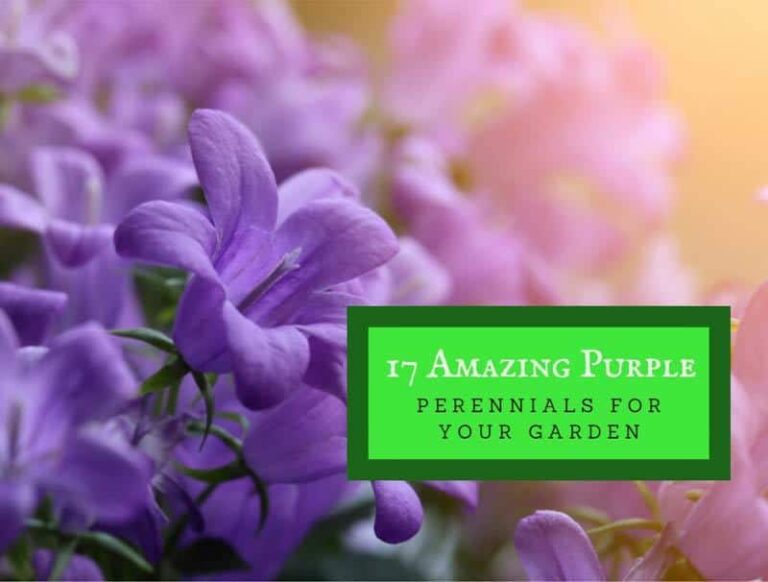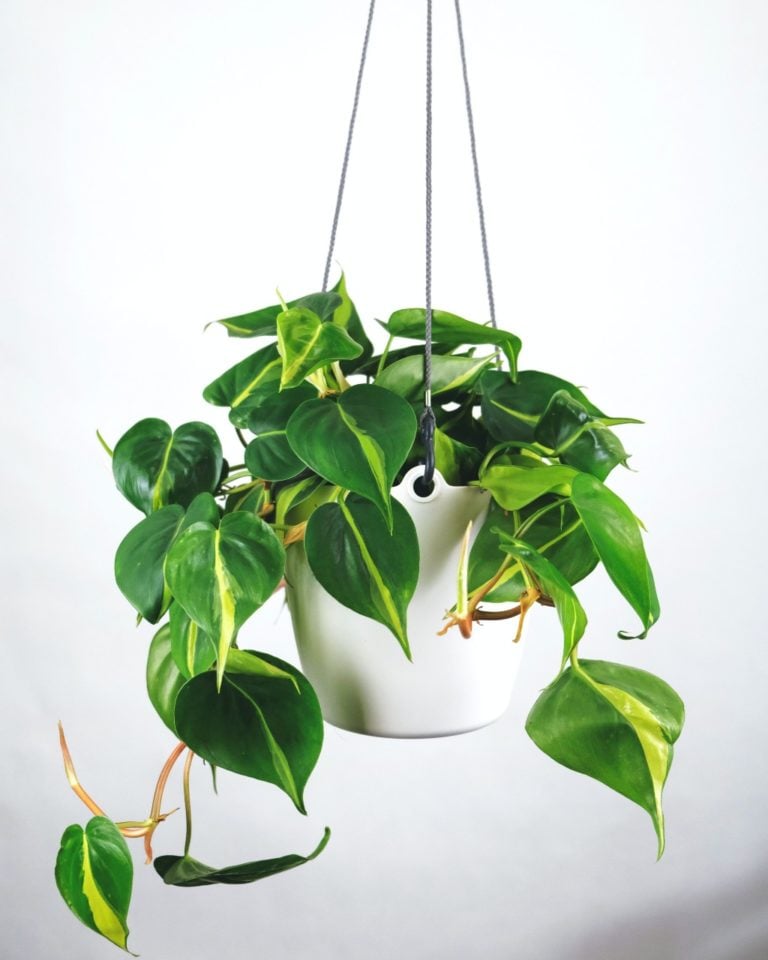Aralia Plants: A How-to Guide
Aralia plants are a good option for both home and garden. This versatile family of plants is low maintenance and aesthetically pleasing. Most Aralia plants tend to thrive in well-dried soil. If you don’t over-water them, and ensure they are kept in a warm place with minimal shade, your Aralia plants will thrive.
Aralia plants can get fairly large. If you plan to use them indoors, you may want to account for this by giving your plant sufficient room to grow. Otherwise, some pruning may be necessary.
What to Know About Aralia Plants
The Araliaceae family is sometimes referred to ginseng family. There are over 70 different classifications of plants in the Araliaceae family. Of those genera, the family is thought to be comprised of over 700 individual species. According to the USDA, only 9 genera are native to North America. However, many were imported from more tropical environments and have become widely used.
Aralia plants come in a large variety including trees, shrubs, and even herbaceous plants. When choosing an Aralia, you’ll have a broad selection of styles to fit your home or garden décor. In fact, there are so many species, you may not even know you’re purchasing an Aralia based on looks alone.
The main characteristic of Aralia plants is their flowers. Even then, it can be difficult to determine. The flowers can bloom at different seasons from plant to plant. However, they will all bloom for 2-3 months, starting with a flower and turning into a seed.
If you have small children or pets in the house, you might want to consider a different option. Some varieties such as Ming Aralia could be harmful if ingested. According to the LA Times, Ming Aralia is toxic and can cause symptoms like swelling of the mouth, diarrhea, and nausea.
How to Plant Aralia
Aralia plants are incredibly easy to keep happy and healthy. They are perfect for anyone looking for a good ‘starter plant.’ Whether you plan to use your Aralia plant indoors or as an easy landscaping fix, it won’t require much work.
When planting Aralia, you first need to determine which species is right for you. Because some are full blown trees and others are herb sized house plants.
If planting Aralia outdoors, you’ll need to be sure to place it somewhere it can have lots of direct sunlight. Your Aralia will want plenty of room to grow as well.
Whether planting indoors or out, you’ll need to make sure you have all the essential tools. Opt for an aerated soil with a loose grain. Look for a fertilizer high in nitrogen as well.
Getting the initial potting process right is paramount if you plan to keep your Aralia happy for years to come. You are going to want the shallowest pot possible for that particular plant. Choose a planter that has good drainage to prevent pot rot in your Aralia.
>> Get your own aralia plant on Amazon <<
After you’ve got the tools you need, place the bulb of the Aralia in the desired area and surround it with your peat-based or loose grain soil, leaving ½ at the top. Cover the remaining half inch with your fertilizer. Give your new plant a good soaking and let it be.
For potted plants, drain the saucer regularly to prevent the delicate roots from rotting. If your plant is in a dry environment, you may want to mist it often initially. Check water approximately every 10 days.
As you’ll learn from the above YouTube video, Aralia plants respond better to less care as opposed to too much. Over-doing it can cause more harm than good.
Caring for Aralia Plants
Most Aralia plants require minimal effort on your part. However, some species need a bit more work, especially while they are still actively growing. Following some simple rules of thumb can save a lot of headaches when it comes to Aralia plants.
Water Needs
Aralia plants tend to favor well-dried soil due to their thin, fragile roots. Gardenista suggests not watering your Aralia until the several top layers of soil are dry to prevent rottage. Afterward, you’re free to give them the soaking of a lifetime.
The exception to this rule of thumb is the Japanese Fatsia (not to be confused with the Japanese Angelica Tree). Japanese Fatsia prefers a good amount of water all the time according to Better Home and Garden.
Aralia is considered a tropical plant and thrives on humidity. Keep a spray bottle nearby and give your Aralia plant some love with a good misting, often.
The above YouTube video gives you some useful tips on how to check to see if your Aralia plant is ready for more water. Two to three weeks between waterings should keep your plant happy.
Light Needs
Most Aralia species prefer a decent amount of sunlight. If you plan on keeping your Aralia indoors as a houseplant, you’ll need to make sure it gets enough light as possible. Potted Aralia will be happy on a windowsill or a porch with minimal shade. It shouldn’t be necessary to move your plant according to direct sunlight unless you see it’s having issues.
Soil and Food Needs
Aralia plants can benefit from a slow-release fertilizer designed specifically for trees and shrubs. It’s recommended that you add fertilizer to the plant every two months or so, especially in the spring and summer months.
In the fall and winter months, you may be able to get away with fertilizing every three months. However, if you see signs of leaves dropping, you might want to re-up the fertilizer.
The soil should be aerated and topped off with a peat-based soil twice annually to keep it nice and loose. If you think you’re doing everything right, but your plant still isn’t as healthy as it could be, it may be time to loosen the soil surrounding the bulb.
Pruning Aralia
Pruning Aralia can be kept to a minimal. If your plants new, however, you may want to consider a renewal prune for the first several years to keep it healthy. A renewal prune will promote a bushy growth habit.
If you have an outdoor Aralia plant, you’ll want to take care to remove suckers on a somewhat regular basis. Aralia plants can wind up taking over your garden if you’re not careful.
Isn’t Aralia plant what are you looking for? You can try to check our articles about the ZZ plant or Kentia palm.
Photo by dassel licensed under CC0.
Also Read: Cinnamon Fern


